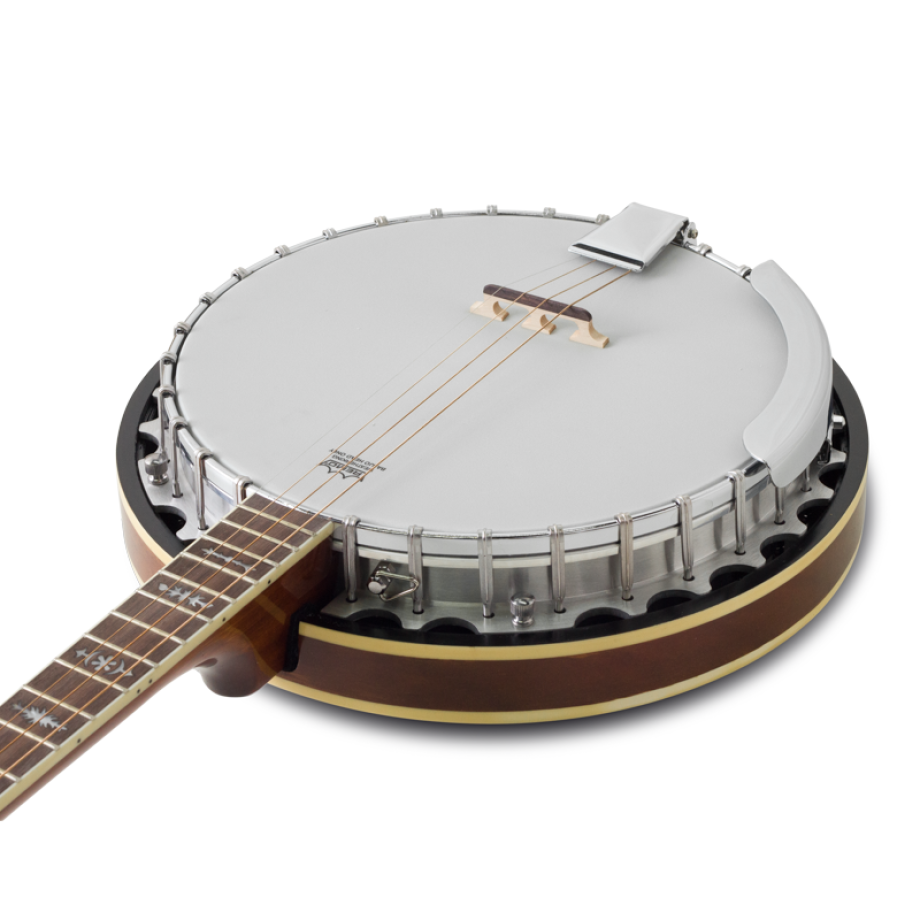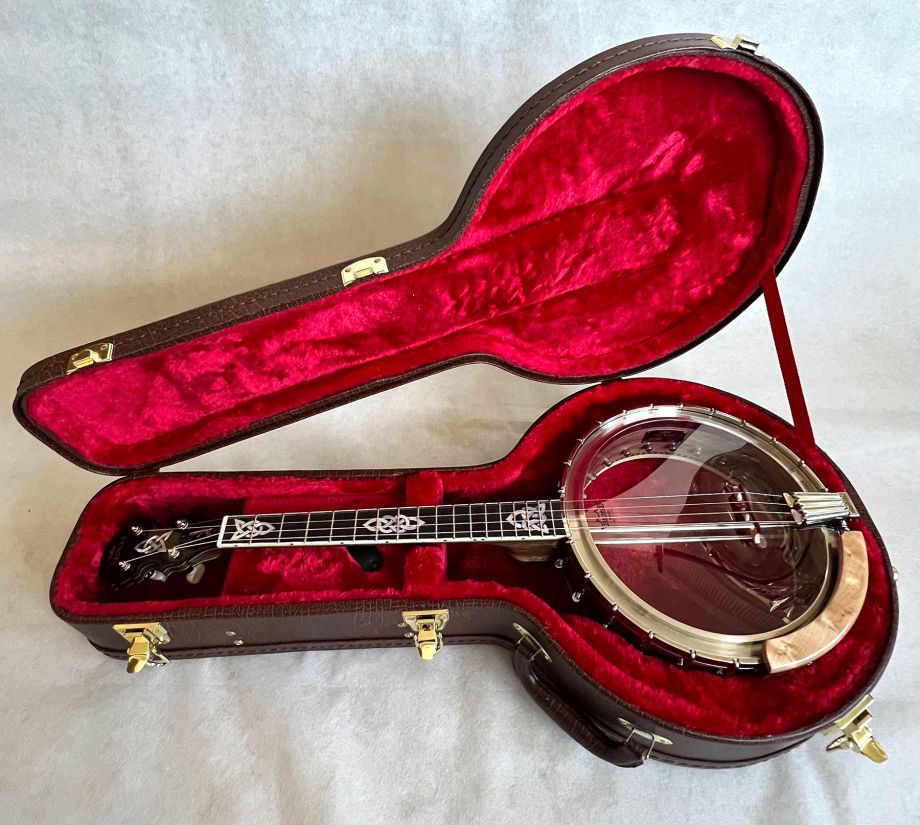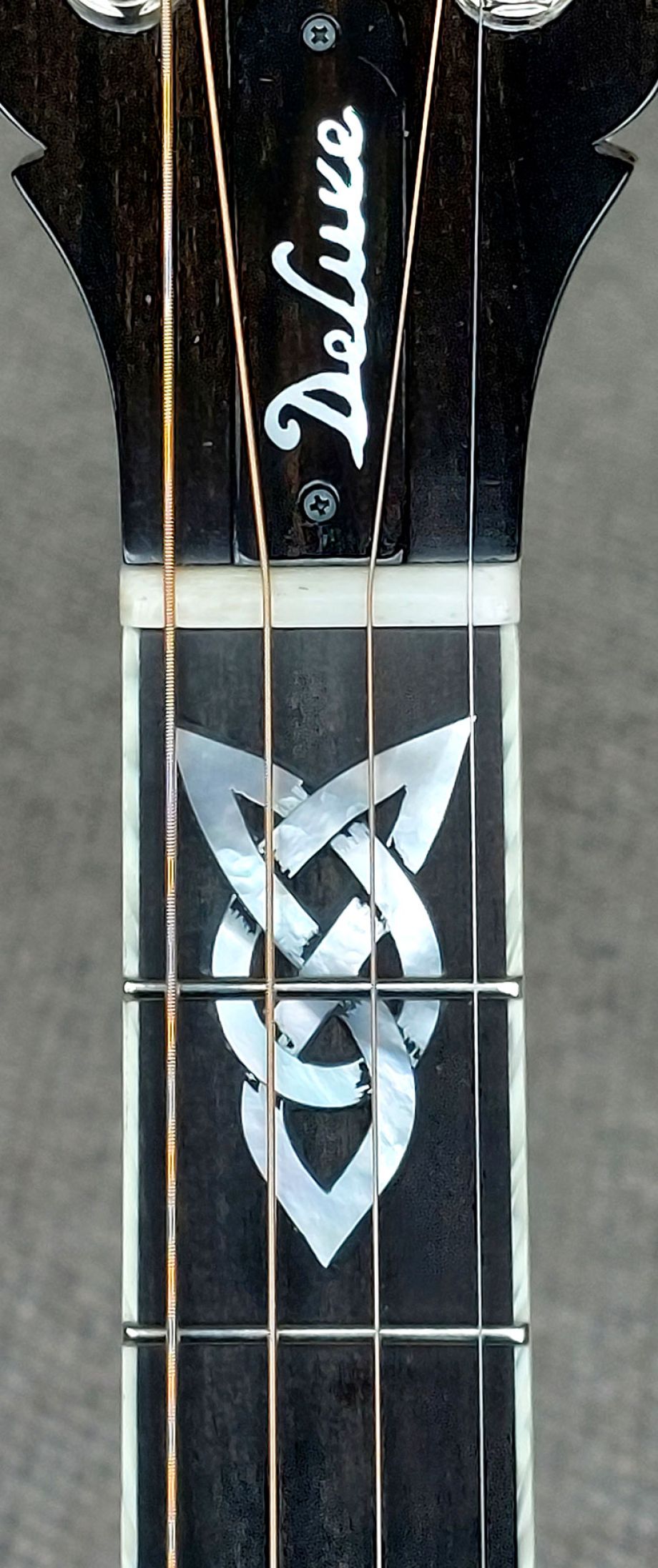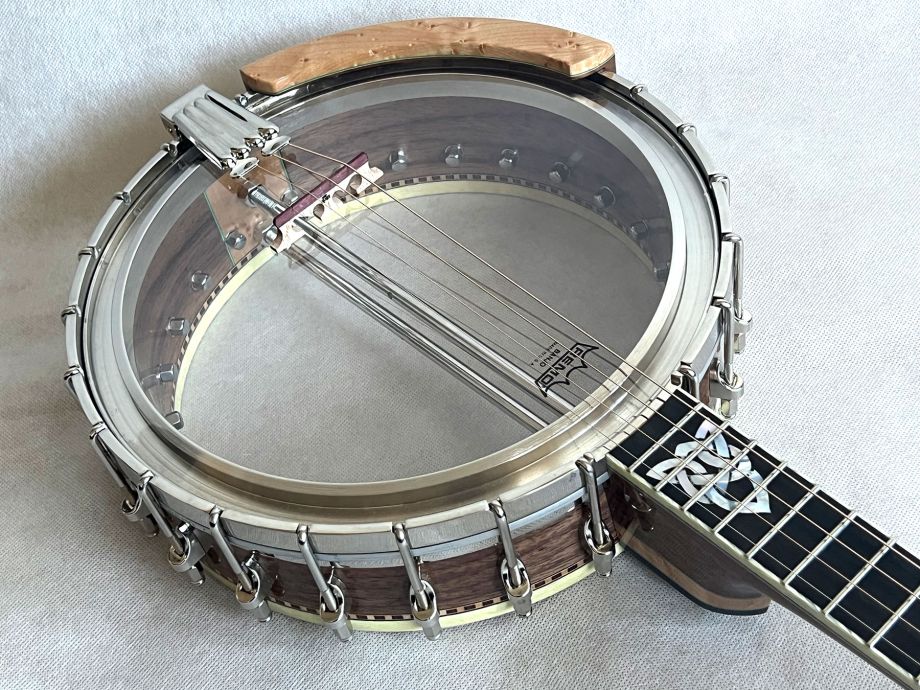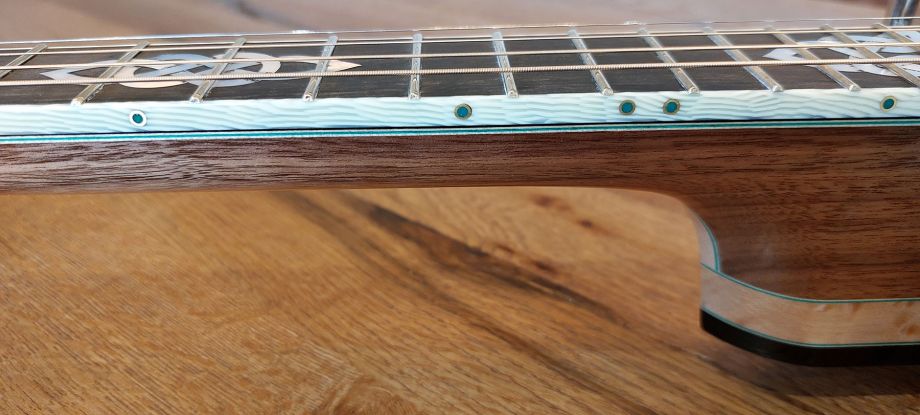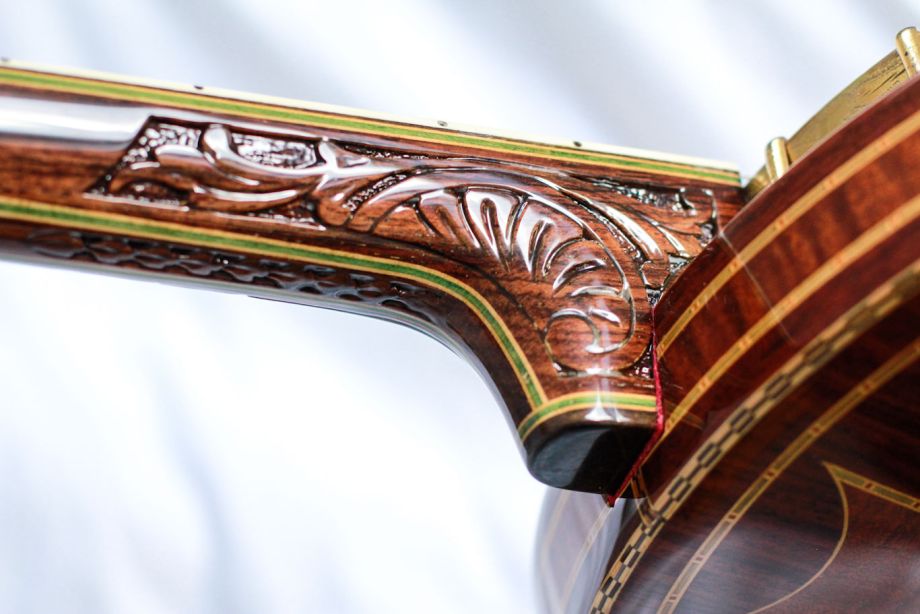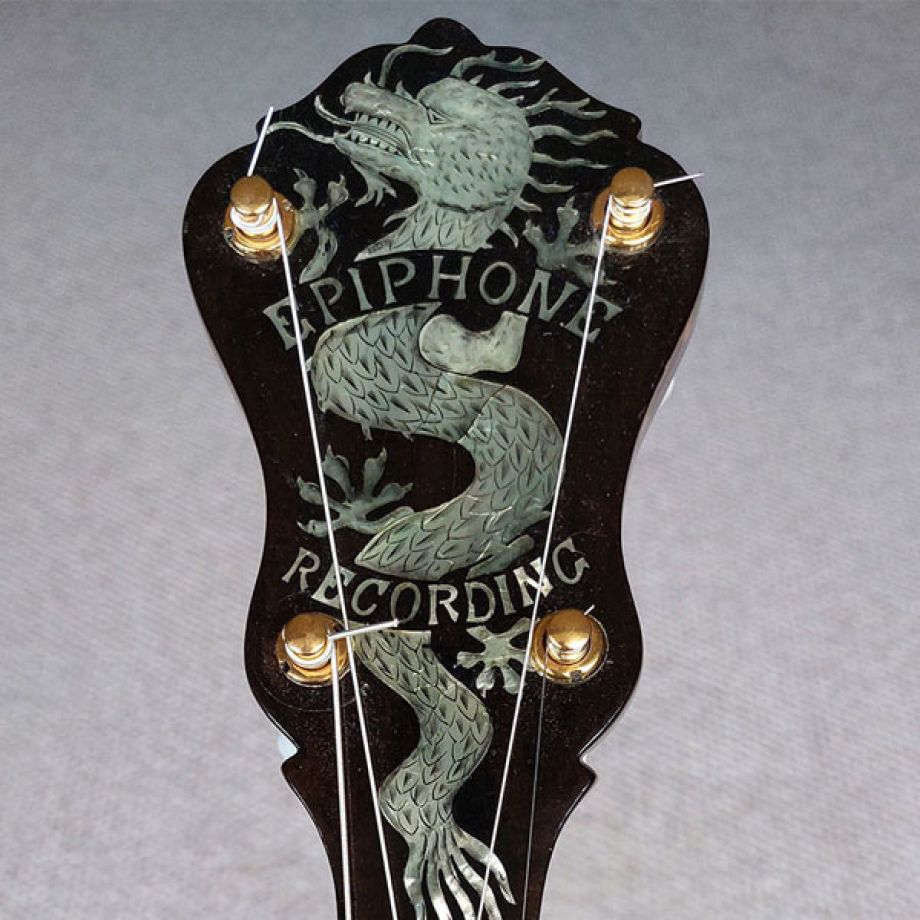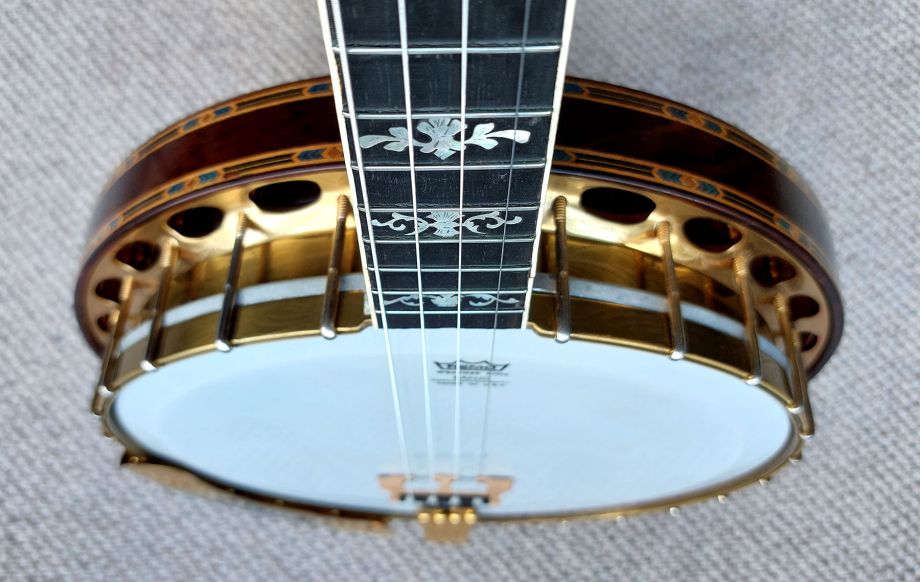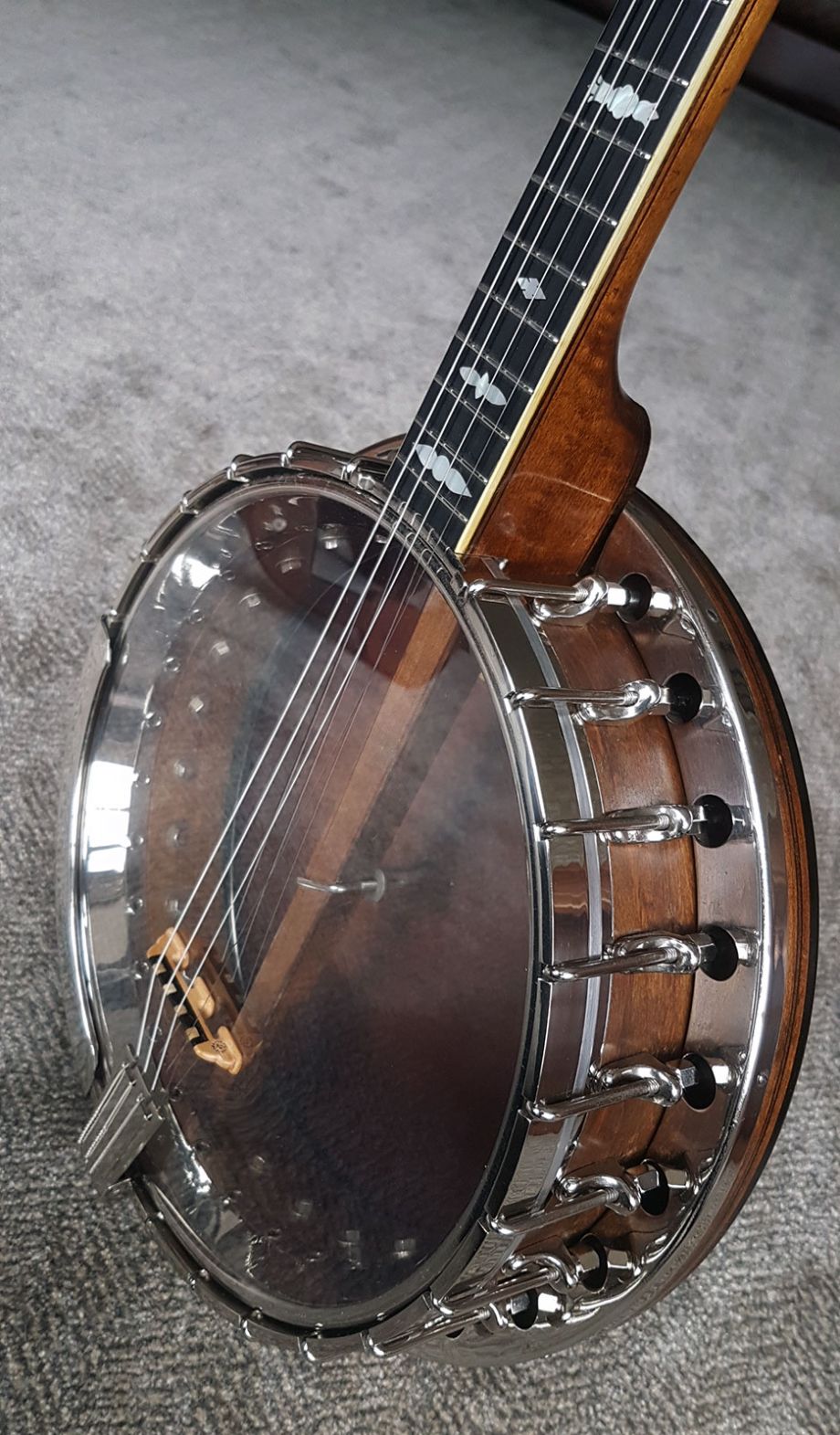Best Banjo Advice
The Banjo Bug
Choosing your first banjo whether it’s for yourself or a family member is a very confusing matter. Even taking the time to research on the world wide web will dish out to you a vast array of buying options, which may confuse things even further. The experience almost replicates the decision you make either to buy a new or second hand car. Do I buy a top quality new instrument from a repeatable dealer/ music shop or directly from a banjo luthier? Do I take a chance on buying a vintage banjo from ebay or a cheap second hand ‘made in China’ import from gumtree? The choice is yours, but hopefully I can offer you some valuable advice….
As I play and teach Traditional Irish music on tenor banjo, this article concentrates solely on this type of banjo. So you’ve got the banjo bug? I have to say I began playing mandolin in my early teens, but only for a couple of years. I was in my early twenties when I got the banjo bug and really wanted to buy a quality banjo to play and start going to sessions.
Custom Made Banjo
I approached a Dublin luthier named Joe Foley who custom hand built an 18 fret solid maple (weighs a ton) tenor banjo back in 1995. I still own this banjo as it has always been my favorite to play in sessions or plugged into a PA system with its built-in Fishman rare-earth pickup.
Budget
At the bottom end are beginner banjos costing between £150 and £400. At the top end are professional quality instruments costing as much as £3000 and more. There are also many quality instruments between these two extremes.
With banjos, price reflects quality accurately. Spend more and you get a better banjo. This is not to say that you should necessarily avoid the budget-priced instruments. These beginner instruments are generally made in the far east—often with different brands coming from the same factory—but these days, even these affordable instruments are playable and well-made. If you are looking for a starter banjo the Koda banjos are a good choice, I stock the full range of Koda banjos. They may arrive needing a little setup tweaking to get the most out of them, but for the beginner who wants to give banjo playing a try, they are generally very suitable.
To purchase a new Koda banjo see link below
The Looks
Naturally eye appeal is the first attraction we have to banjos as there are such an array and variety of them. Don’t be fooled though, get to know the basics first and this will help you to decide your budget and choice of instrument. The three most important design aspects are the rim, neck and the hardware (metal components). It is imperative that the rim is constructed from resonant solid woods i.e. rosewood, mahogany, or even quality violin maple ply as this area is the tonal chamber and heart of the banjo. The same factor applies to violins, mandolins, guitars etc. these instruments will not give a sweet tone if made from cheap laminated ply or particle board (compressed wood chip, sawdust).
Budget options
I’ve seen beautiful ‘expensive looking’ tenor banjos perched on the display walls of music shops, gold plated tone rings gleaming through a clear head, fancy inlays on headstock and fretboard, mahogany resonator and bound neck and a price tag of between £450-£675. I’ve also spent time setting up such banjos and believe me what you see is not always what you get!
Cosmetically gold/ silver plating over a cheap cast metal tone ring can rub off or blacken over a short period of time. The rim and neck are more likely made from cheap woods which have no tonal qualities.
The cosmetics—the inlays bindings, gold or silver plating, hand engravings can get pretty fancy in a high-end professional quality banjo, and while good looks are nice, they are only cosmetics. A lesser quality banjo can also have fancy inlay work (especially these days when computers can do the cutting), so don’t be fooled. Also, a rather plain banjo may have better quality components and a lower price.
Better quality instruments have better hardware: heavier-duty brackets and more of them, heavier tension hoops and armrests, rims made of tonewoods such as maple, birch, or mahogany (the same woods used to make drum shells), and tone rings made of bell brass rather than a less resonant and less musical metal. Good quality geared tuners that keep high-tensioned strings in tune are important to.
Be careful to check the banjo for any damage i.e. warped or twisted neck, cracked heel, rim missed aligned etc.
Not everyone is in the position to fork out mega money on their first banjo so fortunately most student type banjos are basically playable, but they can sometimes be made more playable by improving the setup. I have over 20 years experience in banjo setup and repair work, so if you live close to the Belfast area or attend one of my Banjo classes then I will be more than happy to offer advice to you.
It can be difficult to appraise the value of a vintage banjo as many dealers have so many variables on their pricing. You really have to shop around to judge whether the price you are going to pay is a fair price for the banjo and if you wish to resell the instrument down the line ‘will it hold its value’. Most importantly I would advise you to take your time researching, visit banjo dealers and music shops and try playing different vintage banjos to find the one you like best and within a price range that suits your pocket. The Maker, condition and originality of its components will be the main factors in its valuation. In a nutshell I have listed four categories to give you some guidelines to follow…
- Pristine original condition
- Restored & refurbished
- Upgrades
- Hybrids
Pristine original condition
Tenor banjos in this category are quite rare and are often owned by collectors. They would have been made from choice woods i.e. Rosewood, mahogany, maple and walnut and the solid brass hardware would have been gold plated or triple nickel plated. They would have pearl inlay marquetry and multi wood binding. Usually high end models which have had little use and have been kept in their original cases. Back in the late twenties a tenor banjo costing $300 – $450 US dollars would have been one year’s salary to a great majority. So the likes of the high quality expensive models of Epiphone, Gibson, Bacon & Day and Vega to name but a few were cherished investment that would have been well looked after.
Restored refurbished
Pre-war banjos from the USA have seen the best of 90 years of hot, humid summers and freezing cold winters, depending on their location. Some have been stored in their cases in cellars or the attics of timber framed houses for decades, so environmental changes can affect the sound and original factory setup of the banjo. Dust attracts moisture, and moisture can cause neck twist and warping, which is why it’s important to store a banjo in its case. At worst a banjo neck could twist and warp due to the two extreme temperature changes of summer and winter, and this is the type of banjo you want to avoid. Always run your eye up the length of the fret board looking down from the nut to check for twist or warp. If a neck has a trust rod then straightening a slight bow is not a problem, a twist is more serious but fixable.
The majority of my own banjos come from the USA, and as a rule of thumb I disassemble them totally in the workshop to be cleaned polished and re-assembled. Not all Banjo dealers would do this kind of setup.
Upgrades
I would usually perform certain standard upgrades while I have the banjo stripped down. I don’t think this deters from the originality of the banjo but adds to its revival and playability to a different type of music (Irish Traditional) rather than the Dixieland music it was originally intended for. If the banjo had an original velum skin then I would change it to a suited mylar/plastic head as velum will sag in certain temperatures. I would also replace friction tuners to reliable geared tuners were possible. I also find that worn or uneven frets can cause buzzing so I will either level and crown the whole fret board or replace them. Other very important facters concerning banjo sound is choice of bridge, tail piece, nut (preferably bone) and strings. I’ll go into those points in a later chapter.
Hybrids
The bluegrass G banjo (5 string) is the popular choice of instrument in the US, so it has been custom practice for luthiers to make a 5 string neck and attach it to a high end tenor banjo pot. They would also most likely rob the tuners, which leaves a quality tenor banjo neck attached to a much cheaper body – these seldom sound right and often don’t play at all well

